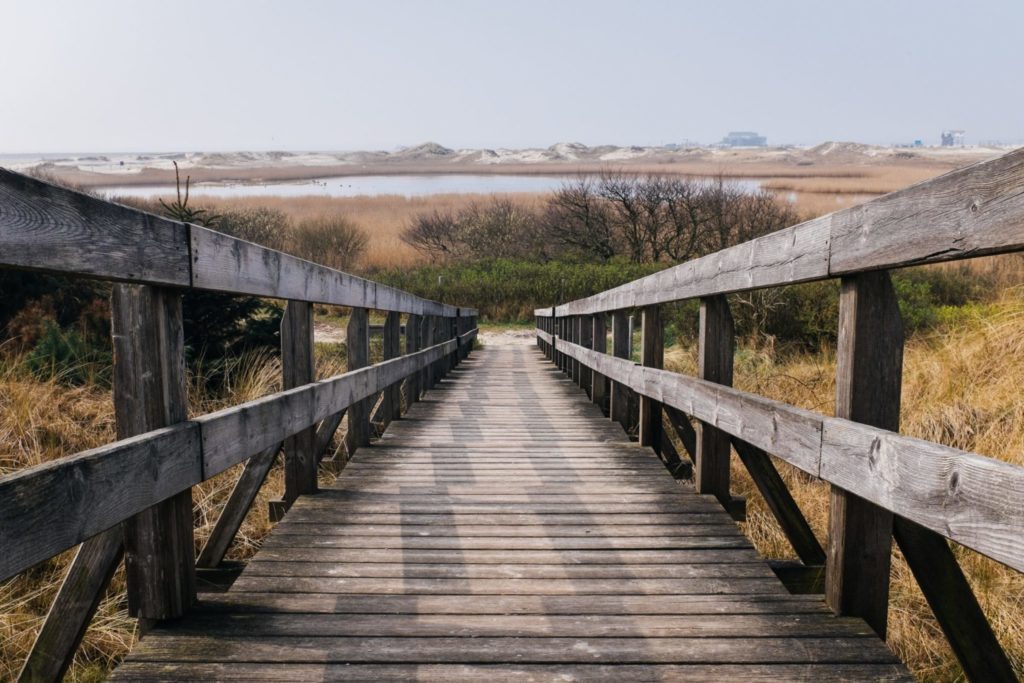Recently, Sovrn discovered that a website owned and operated by one of our publishers had been cloned. The cloned site exactly mirrored the legitimate site’s layout and design, but it had porn-related links, images, and content. To our knowledge, nothing like this had previously happened to a publisher in our network, so we took quick action to get to the bottom of it. To keep your content and website safe, here are some website security recommendations to prevent this from happening to you!
Find out if your website has been cloned:
- Use Google Alerts: Google Alerts allows you to search the Internet to see if your content is in other places than just your domain. To start, simply go to Google Alerts, copy and paste a portion of your article into the search query and provide your email so Google can email you the results of the search. You can adjust the settings in Google Alerts to notify you on a daily, weekly, or real-time basis. This is a great place to see if articles have been copied, and you can create as many alerts as you’d like.
- Use online tools: In addition to Google Alerts, there are a number of other online tools to help keep your online content safe and secure. CopyScape is a free plagiarism checker. It is a detection service that allows you to check whether your text content appears somewhere else on the internet. Additionally, TinEye and Berify are great tools to help keep your images from being copied.
What you should do if your website has been cloned:
- Find the owner: Search the cloned site for any contact information of the user that has copied your content. If you cannot find the owner or contact information of the person that has copied your content, contact the website hosting service that hosts the site. To find this information, go to Who is Hosting This, type in the URL of the cloned site, and the search results should return the web hosting service responsible for hosting the website. Typically, web hosting services will take down the entire site that has posted your content. The web hosting service will provide you with a form to fill out and submit that ensures you are the rightful owner of the site.
- Send a DMCA takedown notice to the web hosting provider: DMCA is the Digital Millennium Copyright Act. The law was enacted on October 28, 1998 to create an updated version of copyright laws to better regulate digital material. A DMCA takedown is a content owner’s right to request that material be taken down if the owner’s property is found online without permission. To learn more about DMCA takedown, please see: DMCA Takedown.
How to protect your site from being cloned:
- Secure your code: If you are working with a developer, ask them if they have added security measures to protect your site from potential theft. If they have not, they should encrypt the code and add layers of protection to keep your site safe. Additionally, your web developer can disable the copy-paste function by adding script in your source code to prevent hackers from copying your content.
- Copyright your page: A great way to protect your online content is to register your website’s copyright. To register a copyright, you must either be the author of the content or have rights granted by the author. You can register your online work with the US Copyright office for as little as $35.00. A great resource for more information on copyrighting can be found at Legalzoom.
Has this happened to you? What steps are you taking to prevent your site from being cloned? Join the discussion & post your comments, tips, and questions!

